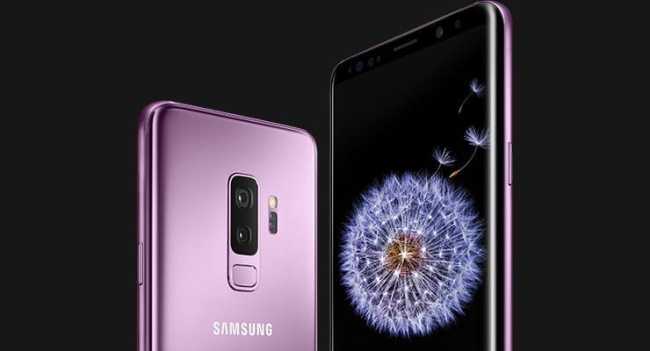Samsung
[EXCLUSIVE] All Samsung Galaxy S10 variants to feature in-screen fingerprint sensor
[THE INVESTOR] A smartphone’s fingerprint scanner integrated into a physical button will likely be a thing of the past as Samsung Electronics, the No.1 smartphone maker in the world, is expected to have a fingerprint sensor built in the screen for its next Galaxy S flagship lineup in 2019.
Samsung is preparing to adopt the biometric technology that allows users to scan their fingerprints on the screen for all the three variants of the 10th edition of Galaxy S, according to an industry source on Aug. 27. Previous reports had claimed that Samsung would utilize the in-screen fingerprint sensors only for the two high-end Galaxy Ss while the lower-end variant will feature a physical button, fitted with the fingerprint sensor, on the right side.
“The two high-end Galaxy S models will come fitted with an ultrasonic in-screen fingerprint scanner while the other one will house an optical fingerprint sensor beneath the screen,” an official from the display industry told The Investor. The official launch is expected to take place in February while the phones will likely hit store shelves in March.
 |
Related:
Samsung Galaxy S10+ to feature larger screen than Galaxy Note 9
The ultrasonic fingerprint sensor for the S10 lineup will be exclusively supplied by US chipmaker Qualcomm, which first announced the technology in 2015.
The ultrasonic fingerprint technology creates a 3D mapped fingerprint instead of a flat image used by an optical scanner--the most-used fingerprint scanner type for high-end smartphones.
The ultrasonic scanner boasts more accuracy than the traditional ones as it is not affected by grease, sweat, or light.
An optical sensor, which is around three times cheaper than the ultrasound sensor, works like a digital camera, capturing a two dimensional image of fingerprint. It is considered relatively easy to spoof as it makes use of a 2D image to authenticate users, and its accuracy rate tends to decrease if the finger being scanned is dirty, too wet or dry and external lights get in the way.
The disadvantages, however, do not mean the optical scanner is too immature to be in place as it works great most of the time, the source said. Samsung, as well as, Apple have been utilizing the optical fingerprint scanning tech for their respective flagships.
The Korean tech giant planned to implement optical in-screen fingerprint sensors developed by Synaptics for its Galaxy S8 in 2017, but the optical scanning technology in the screen was far from perfect at the time.
Despite technical immaturity, some Chinese smartphone makers, including Huawei and Vivo, have rolled out smartphones installed with a fingerprint reader that enables users to authenticate by pressing on the screen.
“For market leaders like Samsung and Apple, it is too risky to deploy a technology that is not ready for implementation since the technical immaturity can hurt their brand image,” an industry watcher said.
Analysts forecast the in-screen fingerprint scanner could serve as a trigger for a landscape change in the overall smartphone market in 2019.
“The in-screen fingerprint scanning will take center stage in the smartphone market in 2019,” said Lee Dong-joo, an analyst from KTB Investment & Securities, in his previous investment report, adding most of the major fingerprint sensor makers are working with Samsung Display, a dominant player in the smartphone OLED display market, to incorporate the biometric sensor in the OLED display.
Lee also said deployment of the scanning technology will bring extra value to the self-emissive display, which is currently used for top-tier smartphones, driving up the price of OLED screens as well as high-end smartphones.
Market research firm IHS Markit forecast shipments of smartphones featuring an in-screen fingerprint sensor will hit 100 million next year.
By Kim Young-won (wone0102@heraldcorp.com)








